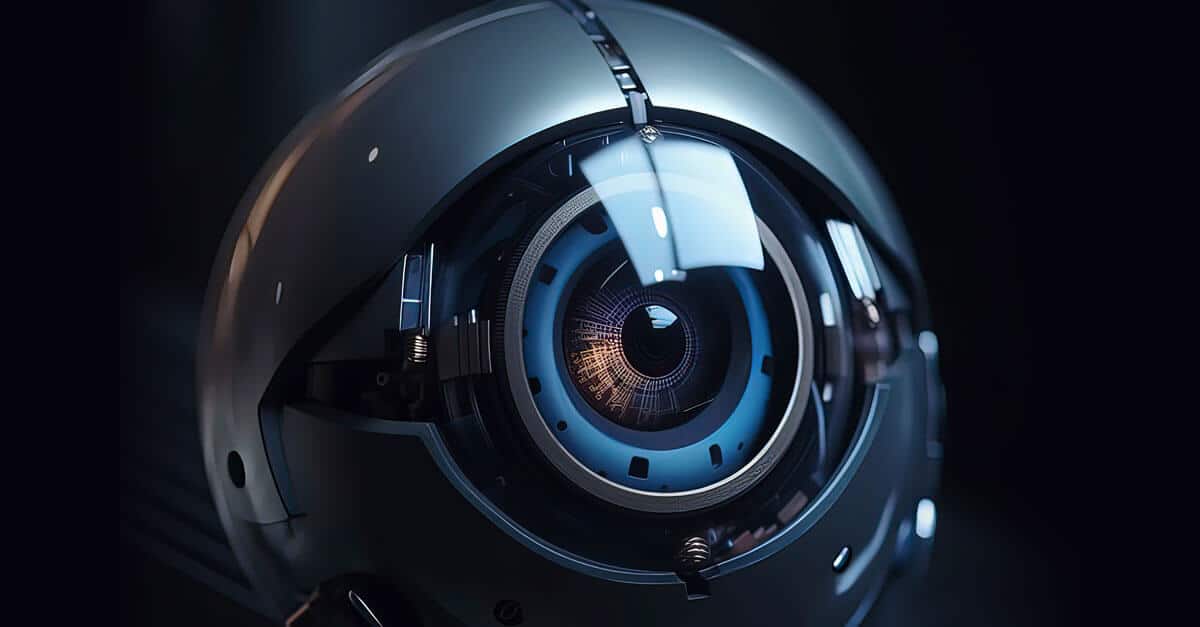Nature as a model
Bionics is the transfer of phenomena found in nature to technology. The basic idea is that evolutionary processes have optimised nature’s solutions to problems and that these can be used as a model for humans and for the development of technology. The word bionics is a combination of the words biology and technology. The reason for this is that bionics is inspired by nature (i.e. biology on a large scale) and attempts to translate its findings into a technical form. Bionics is therefore a very interdisciplinary field. In order to transform the processes of nature technically, not only natural scientists are needed, but usually also experts from fields such as engineering, architects, designers and, in some cases, philosophers.
The Peters’s elephant-nose fish
In murky or dark conditions, underwater cameras or drones are usually used. However, these can often reach their limits in such extreme conditions. That’s why alternative research has been underway for some time. Zoologists at the University of Bonn, have managed to develop a camera prototype, which is equipped with so-called electric colors. The elephant trunk fish senses its prey in the mostly muddy substrate, with the help of a specially developed technique. Through a special organ, the animal can build up a weak electric field around itself. This allows it to identify its prey and other obstacles even in very murky and muddy waters, because if they are near it, the energy field is deformed and the proboscis fish can pinpoint the exact position of the obstacle. Using the fish as a model, researchers now tried to technically transform this principle.
The Development of a Camera Prototype
By using the fish as a model, researchers at the University of Bonn succeeded in developing a camera prototype that works like an animal model with electro-location. Similar to the Peters’s elephant-nose fish, the underwater camera emits weak electrical impulses, thus forming an electrical field around itself. Sensors on the camera surface pick up the returning pulses and process them into an image. Depending on the object they encounter, such as animals or plants, the signals are returned differently, resulting in different colorations. In this way, for example, distances can also be determined on the basis of the image sharpness.
The researchers are still very much at the beginning of their project. However, nature is often one step ahead of man. Progress can only be recorded through innovation and the invention of new techniques, and achieving this with the help of nature has proven to be very efficient up to the present day. Therefore, it is also very important in the future that more is invested in the research of biology and bionics.
Elevate Your Wealth Game: Empowering UHNWIs for Simplified Asset Management. Altoo Platform Preview









